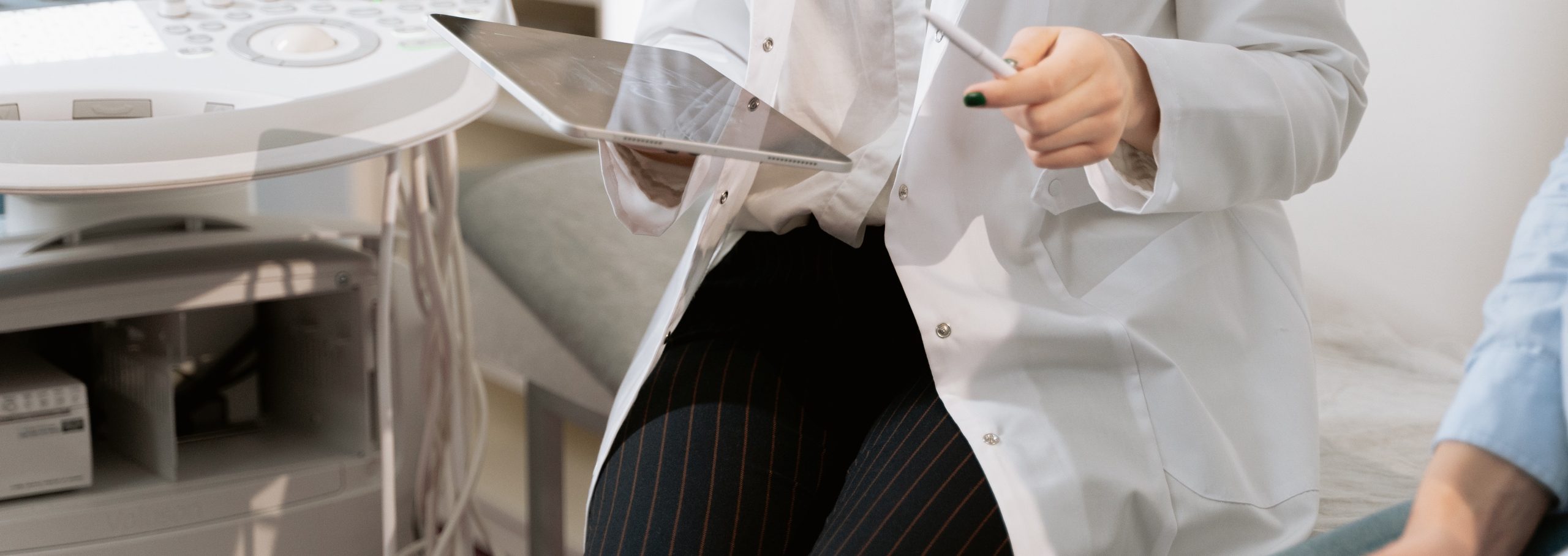Identifying and diagnosing low testosterone is a crucial step in addressing the various symptoms and health concerns associated with this condition. In this chapter, we will discuss the tests and procedures used to diagnose low testosterone in men, as well as the factors that healthcare professionals consider when determining the need for treatment.
You are reading Chapter 3 of our free TRT eBook.
Initial Consultation and Evaluation
Before conducting any tests, your healthcare provider will perform a thorough evaluation of your medical history, lifestyle factors, and the symptoms you are experiencing. This initial consultation is essential for identifying any potential underlying causes of low testosterone and determining if further testing is warranted. During this evaluation, your healthcare provider may ask questions related to:
a) Your general health and medical history, including any medications you are taking.
b) Lifestyle factors, such as your diet, exercise habits, stress levels, and sleep patterns.
c) Symptoms you are experiencing, such as fatigue, reduced libido, or cognitive difficulties.
d) Family history of low testosterone or other hormone-related conditions.
Blood Tests
If your healthcare provider suspects that you may have low testosterone based on your initial consultation, they will likely order blood tests to measure your hormone levels. The primary test for diagnosing low testosterone is the total testosterone test, which measures the overall amount of testosterone in your blood.
Blood tests for testosterone are typically performed in the morning, as testosterone levels naturally fluctuate throughout the day and are generally highest during the early hours. In some cases, your healthcare provider may recommend multiple blood tests on different days to obtain an accurate representation of your average testosterone levels.
Additional Testing
Depending on the results of your total testosterone test and the presence of other symptoms, your healthcare provider may order additional tests to assess your overall hormonal health and identify any underlying causes of low testosterone. These tests may include:
a) Free and bioavailable testosterone tests: These tests measure the amount of testosterone that is not bound to proteins in the blood and is available for use by the body. Some men may have normal total testosterone levels but low free or bioavailable testosterone, which can still cause symptoms of low testosterone.
b) Luteinizing hormone (LH) and follicle-stimulating hormone (FSH) tests: These tests measure the levels of hormones produced by the pituitary gland, which regulate testosterone production. Abnormal LH and FSH levels can indicate an issue with the hypothalamic-pituitary-gonadal (HPG) axis, which may contribute to low testosterone.
c) Prolactin test: Elevated prolactin levels can suppress testosterone production. This test helps identify if high prolactin levels are contributing to low testosterone.
d) Thyroid function tests: Thyroid hormones play a role in regulating metabolism and energy levels. Abnormal thyroid function can contribute to symptoms similar to those of low testosterone.
e) Semen analysis: In cases where fertility is a concern, a semen analysis may be performed to assess sperm count, motility, and morphology.
Interpreting Test Results and Determining Treatment
Once all necessary tests have been completed, your healthcare provider will interpret the results and consider your symptoms, medical history, and lifestyle factors to determine if testosterone replacement therapy is appropriate for you. It is essential to remember that the decision to pursue treatment is not based solely on lab results; your overall health and individual circumstances will also be taken into account.
Diagnosing low testosterone involves a combination of a thorough medical evaluation, blood tests, and conversations with your doctor. However, once you get through the initial process it will be worth the effort to get your testosterone levels back to normal. More at testosteronereplaement.org.
Next: Chapter 4 – The Benefits of Testosterone Replacement Therapy
Table of Contents
Introduction (start here)
Chapter 1: The Science of Testosterone: Understanding the Basics
Chapter 2: Signs and Symptoms of Low Testosterone
Chapter 3: Diagnosing Low Testosterone: Tests and Procedures
Chapter 4: The Benefits of Testosterone Replacement Therapy
Chapter 5: Different Forms of Testosterone Replacement Therapy
Chapter 6: The Risks and Side Effects of Testosterone Replacement Therapy
Chapter 7: The Role of Diet and Exercise in Testosterone Management
Chapter 8: Natural Testosterone Boosters: Fact or Fiction?
Chapter 9: Testosterone Replacement Therapy and Mental Health
Chapter 10: Testosterone and Sexuality: Restoring Your Libido
Chapter 11: Monitoring Your Progress: Assessing the Results of Treatment
Chapter 12: Testosterone Replacement Therapy vs Steroid Abuse
Chapter 13: Frequently Asked Questions about Testosterone Replacement Therapy
Chapter 14: Living a Balanced Life: Combining Therapy with Healthy Habits
Chapter 15: Testosterone Replacement Therapy: The Road Ahead
